Sydney on the East Coast
The beautiful capital of New South Wales, Australia
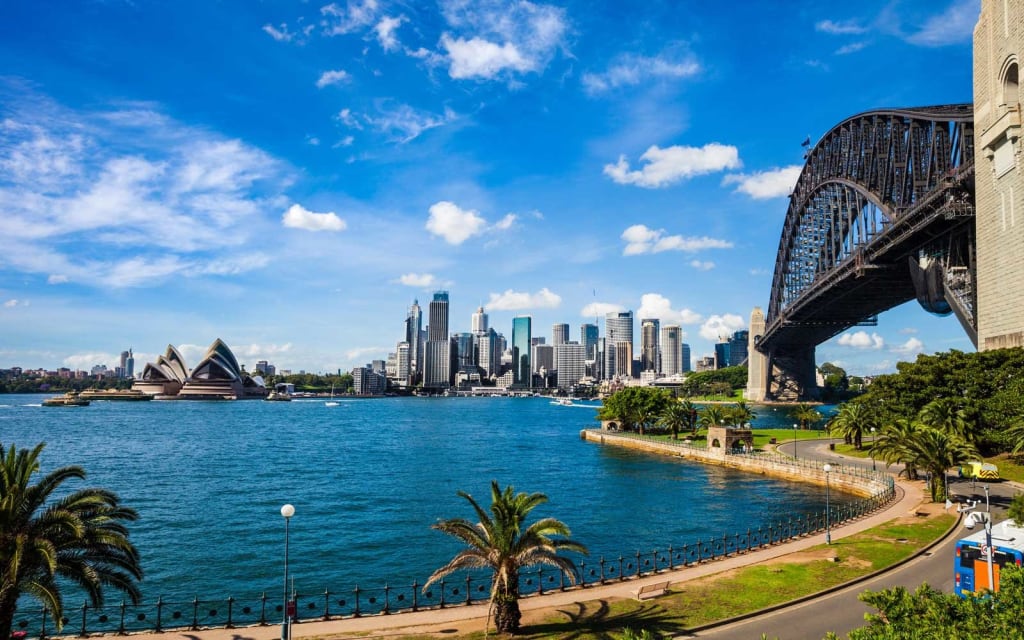
Sydney is a lovely city and the capital of New South Wales. It is one of Australia’s largest cities and best known for its harborfront Opera House with its unusual sail-like design. It’s a fascinating city with lots to offer visitors.
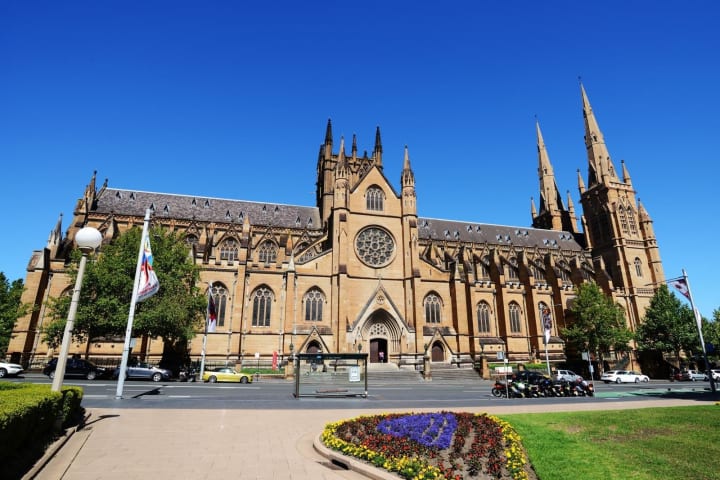
St. Mary’s Cathedral is a Gothic Revival-style cathedral. Construction on the cathedral began in 1868, it was consecrated in 1905 and finally finished in 1928. However, the huge 75-meter-high spires were added in 2000. Inside the crypt has an impressive mosaic floor that depicts the Creation. This was inspired by the Celtic-style illuminations of the Book of Kells. To see the cathedral at its best visit in the early morning or in the late afternoon when sunbeams come streaming through the side stained-glass windows. This effect happens because the cathedral has an unusual north-south orientation rather than the traditional east-west orientation.
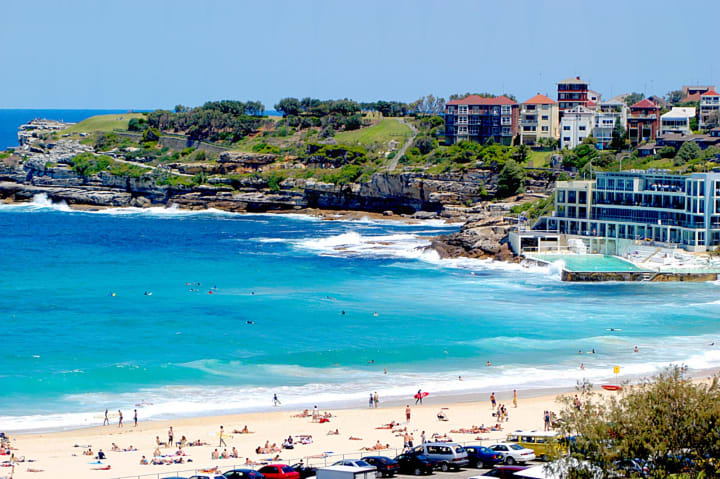
Sydney offers visitors one of the world’s great beaches, Bondi Beach. This beach is the closest ocean beach to the city center which is only 8 km away. It has great waves and the water temperature is just right for swimming. If you feel that the waves are a bit too rough you can try the saltwater sea baths found at either end of the beach. Two surf clubs Bondi and North Bondi patrol the beach between sets of red and yellow flags. These flags have been positioned so the worst rips and holes can be avoided. Otherwise, people would have to be rescued from the surf. If you’re not into surfing there’s a skate ramp at the south end of the beach and you’ll find an outdoor workout area near the North Bondi Surf Club.
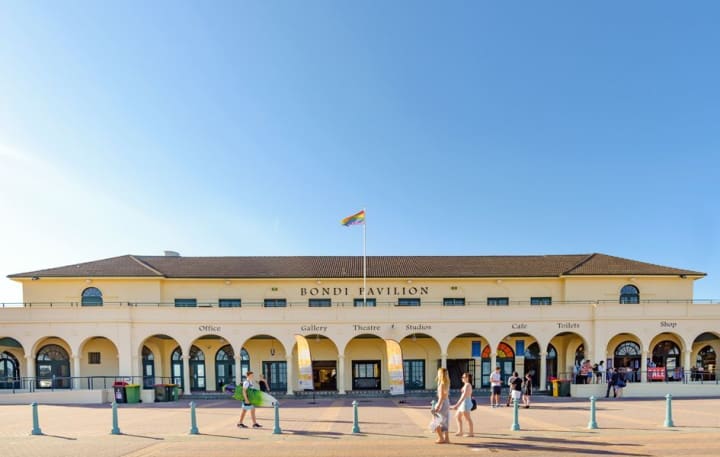
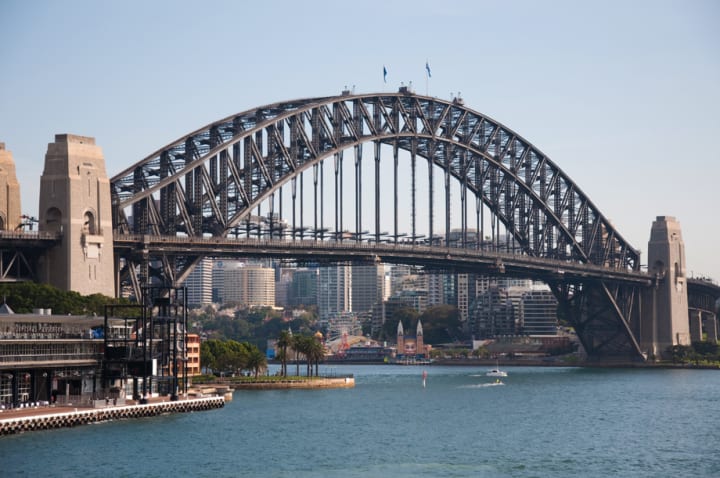
Sydney Harbor Bridge opened in 1932 and spans the harbor at one of its narrowest points. The very best way to get a look at this bridge is on foot. There are stairs to climb the bridge from both shores and these lead to a footpath that runs the length of the eastern side.
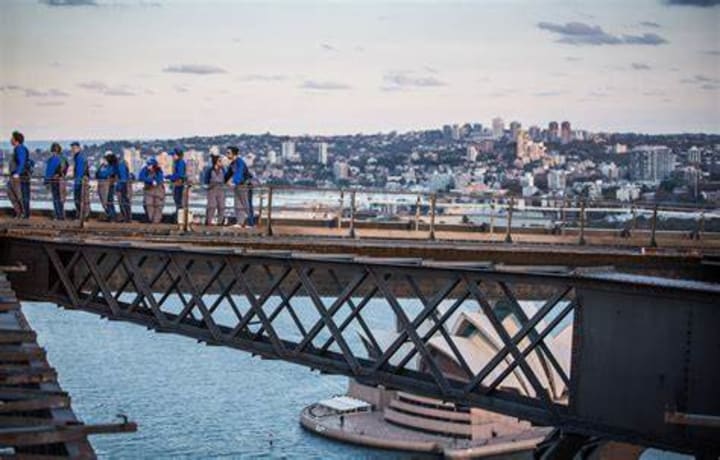
It is possible to climb the southeastern pylon to the Pylon Lookout or you can ascend the great arc on the very popular Bridge Climb. The harbor bridge is so big that you can catch a glimpse of it as you walk about the city. It stands 134 m high, 114 m long, 49 m wide and weighs 52, 800 tons. It counts as the largest and heaviest steel arch in the world but it is not the longest. The two halves of chief engineer JJC Bradfield’s mighty arch were built outwards from each shore.
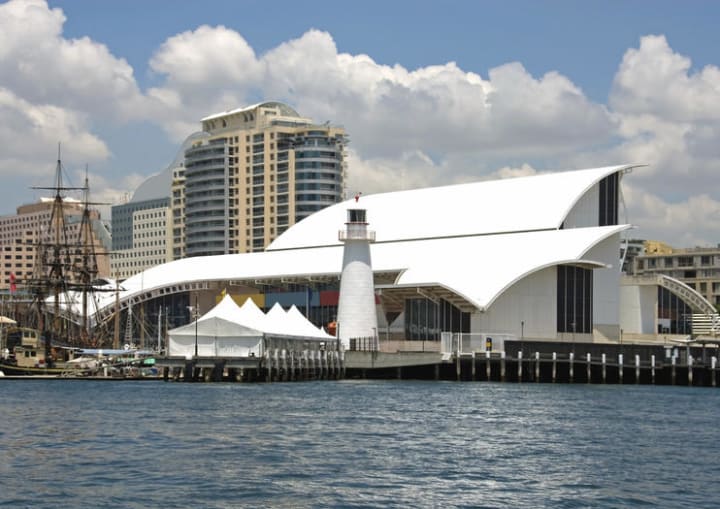
Take a trip to the Australian National Maritime Museum. Exhibitions range from Indigenous canoes to surf culture to the Navy. The entry price includes free tours and on Sundays, there are activities for children.
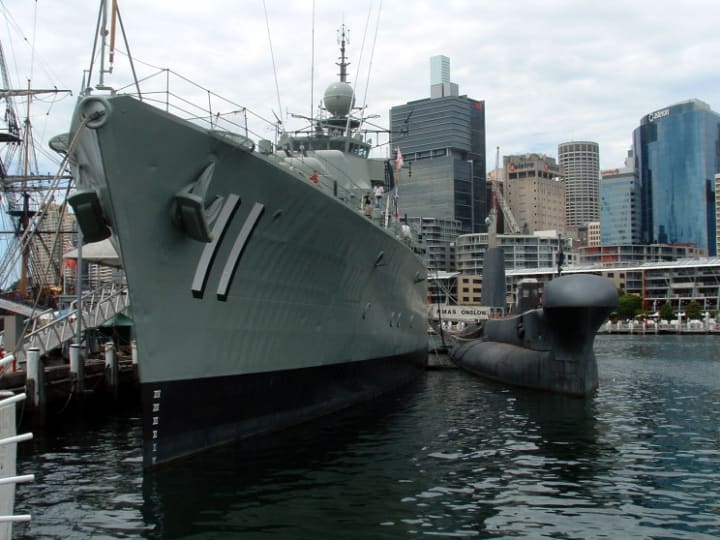
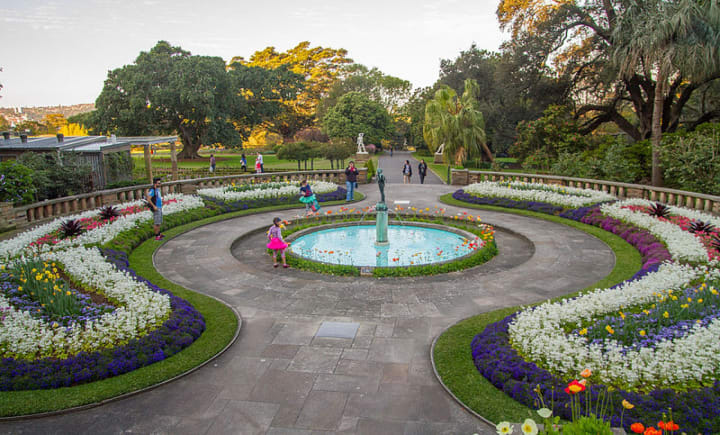
Royal Botanic Gardens are lovely gardens that have become a favorite picnic destination for both residents and visitors. There is a jogging route and a snuggling spot. These gardens were established in 1816 and they have plant life from Australia and from all around the globe. Originally this was an initiation ground for the Gadigal people. Starting at 10:30 AM daily you can join a free 90-minute guided walk. An additional hour-long tour departs at 1 PM on weekdays from November to March. Booking must be made ahead for the Aboriginal Heritage Tour. This tour covers the local history, traditional plant uses, and bush-food tastings.
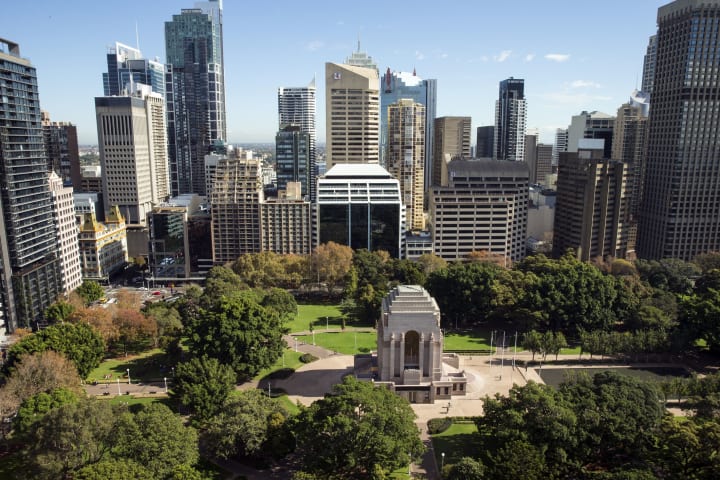
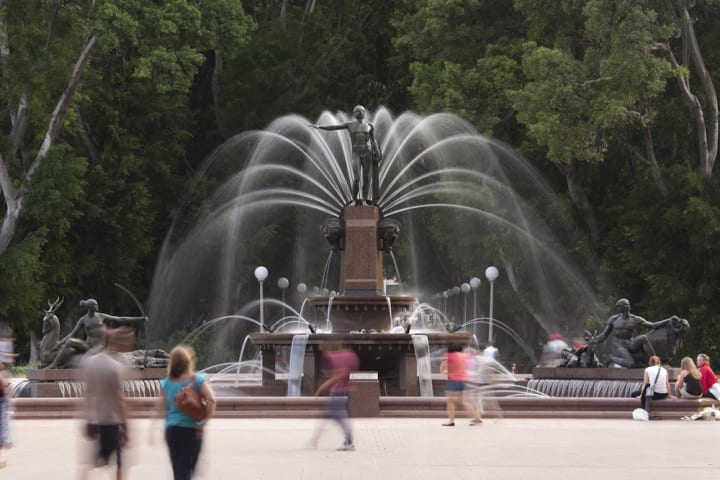
The symbolic Art Deco Archibald Memorial Fountain with Greek mythological figures can be seen at the northern end of the park.
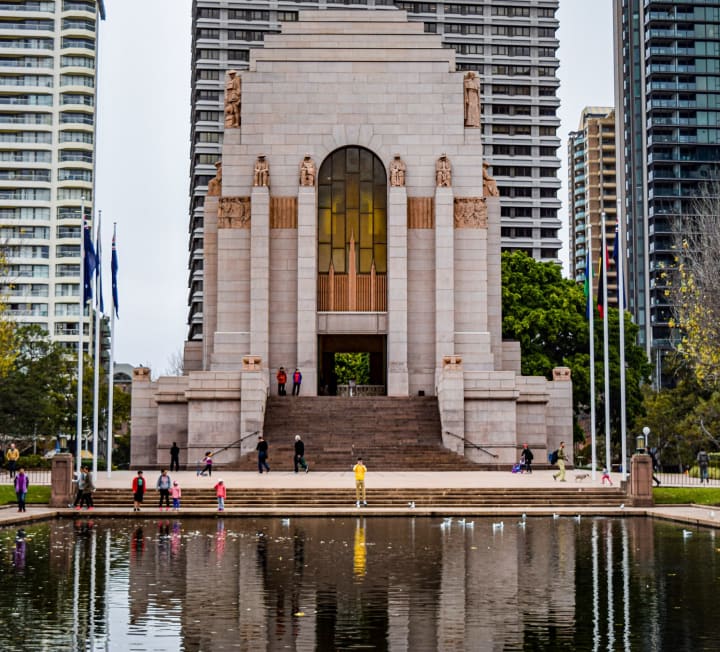
While the Anzac Memorial is at the southern end.
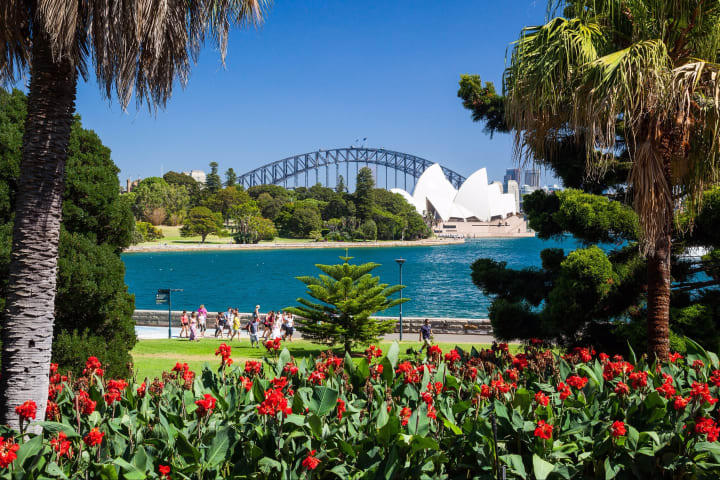
The Domain is a large grassy tract east of Macquarie St. and is administered by the Royal Botanic Gardens. This tract of land was set aside by Governor Philip in 1788 for public recreation. It is a destination for many residents to exercise or to have their lunch. Large-scale public events are held here.
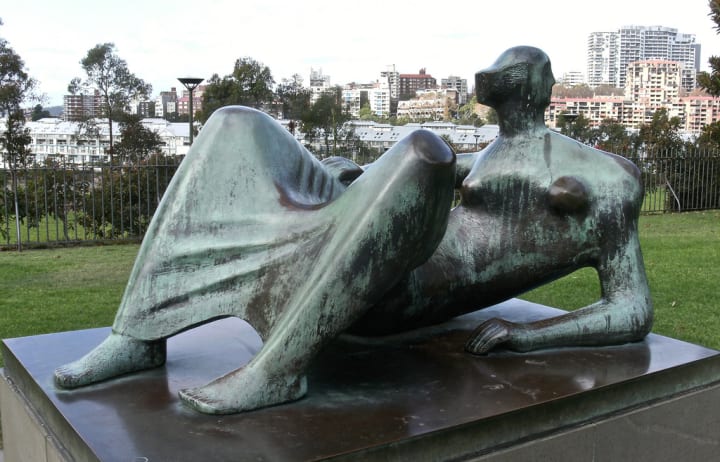
There are interesting sculptures throughout the park including a reclining figure sculpture called Angles by Henry Moore.
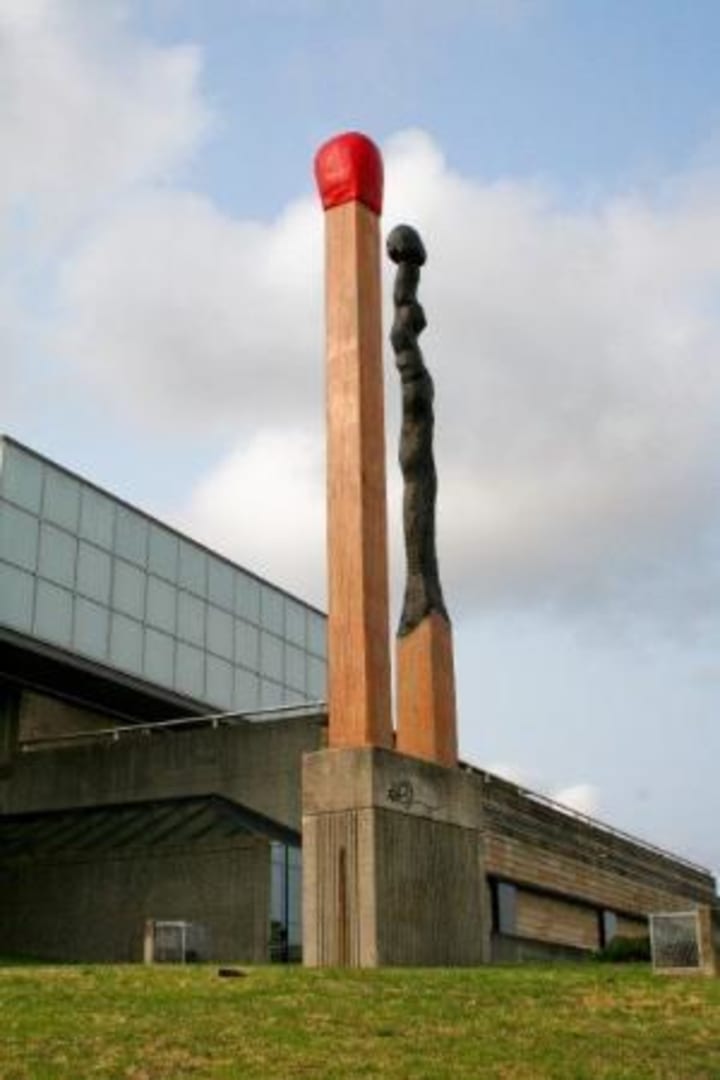
There is also Almost Once by Brett Whiteley. It depicts two giant matches, one of them burnt rising from the ground near the Art Gallery of NSW. On the lawn in front of the gallery is Speakers’ Corner where anyone who wishes to express their thoughts to others can do so.
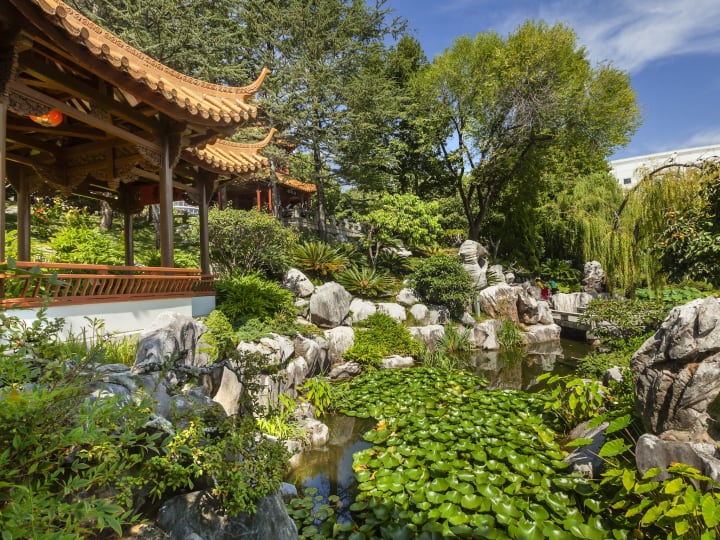
The Chinese Garden of Friendship was built according to Taoist principles. The garden is a nice and relaxing place of tranquility in the middle of a thriving city. The garden was designed by architects from Guangzhou which is Sydney’s sister city for Australia’s bicentenary in 1988. The garden has pavilions, waterfalls, lakes, paths, and lush plant life.
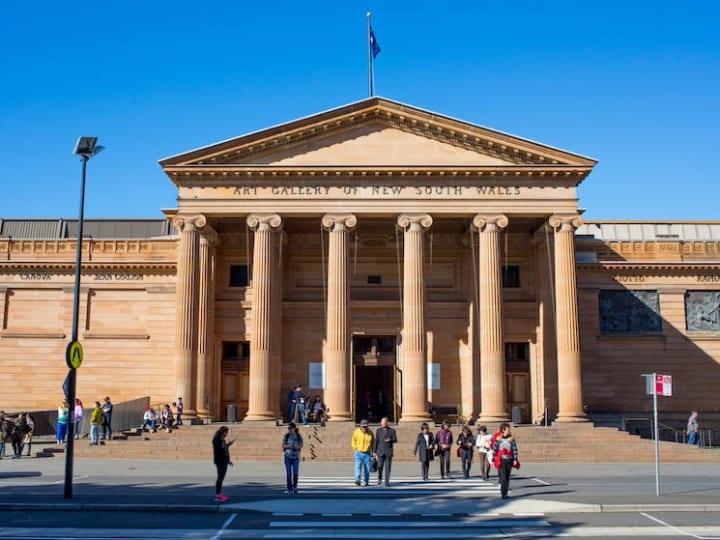
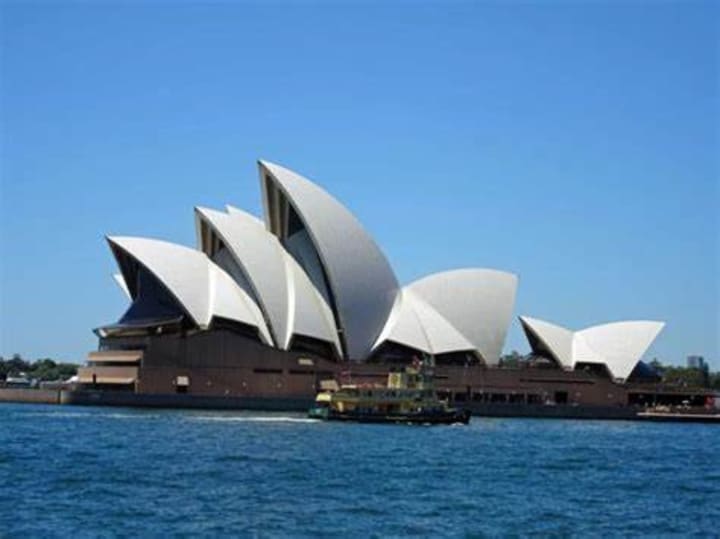
The Sydney Opera House is a World Heritage-listed building designed by Danish architect Jorn Utzon. This is Australia’s most recognized landmark. It resembles the billowing white sails of a seagoing yacht. The complex includes five performance spaces where concerts, opera, theater, and dance are staged. To get a really good look at this building you can attend a performance or take a one-hour tour which is given in various languages. For $165 you can take a two-hour “access all areas” tour starting at 7 AM and includes breakfast in the Green Room.
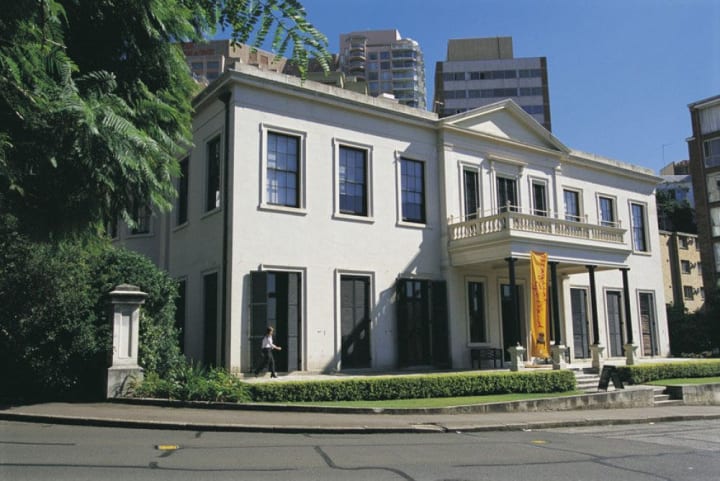
Today Elizabeth Bay House is surrounded by 20th-century apartments. Completed in 1839 for Colonial Secretary Alexander Macleay this is an impressive Greek Revival mansion. The architectural highlight here is an amazing oval entrance saloon with a curved and cantilevered staircase. The grounds of the mansion were like a botanical garden because in his time Macleay collected plants from all over the globe. Some remnants still remain, including a little hidden grotto that can be reached by taking the path leading between 16 and 18 Onslow Avenue.
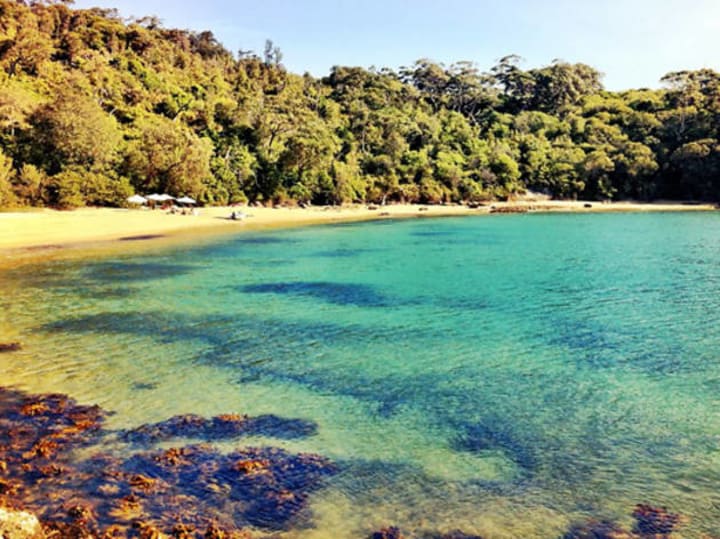
An amazing place on North Head is Store Beach. This beach can only be reached by kayak or boat. It is a lovely penguin breeding ground and cannot be accessed starting from dusk when the penguins come waddling in.
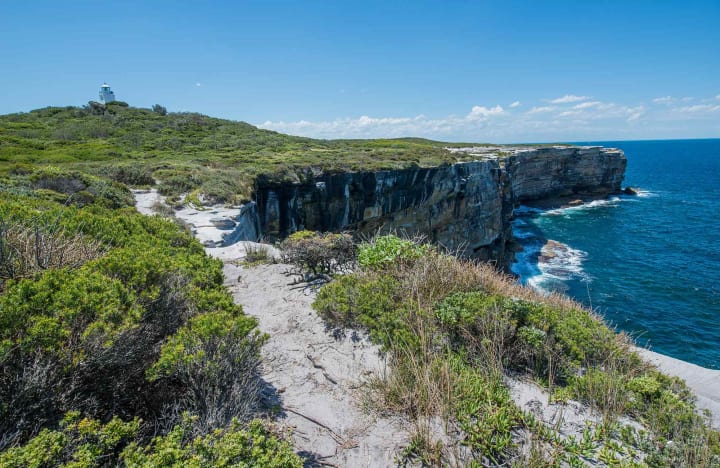
Fifteen kilometers south of Sydney Harbor you’ll find Kamay Botany Bay National Park. The national park sits on both heads of Botany Bay and is 458 hectares of coastal bushland. Visitors come to the park to enjoy the walking tracks, picnic areas, and sheltered beaches. This area has played a key role in the history of Australia since this is where the first European settlers originally landed in 1788. Today you can see interesting historical exhibits and monuments. In 1770 Captain Cook landed here and named the bay after the botanical specimens his naturalist Joseph Banks discovered.
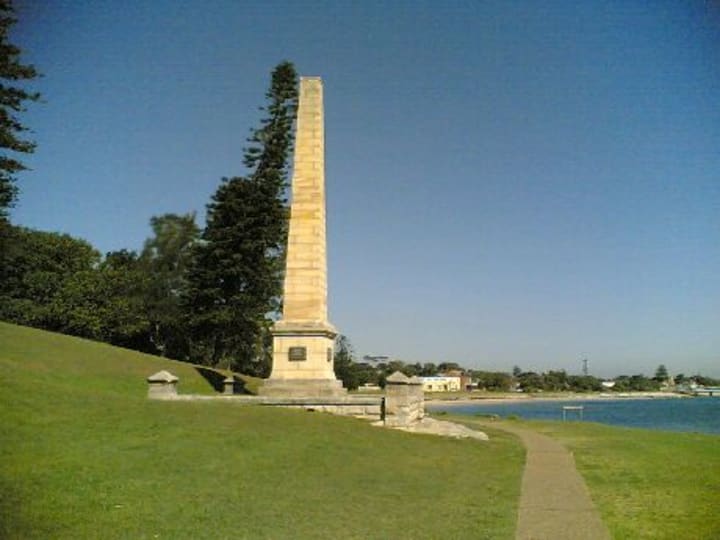
Cook’s monument marks the landing place on the southern side of the park in Kurnell. Nearby the visitor center has information on the surrounding wetlands and Cook’s life and expeditions.
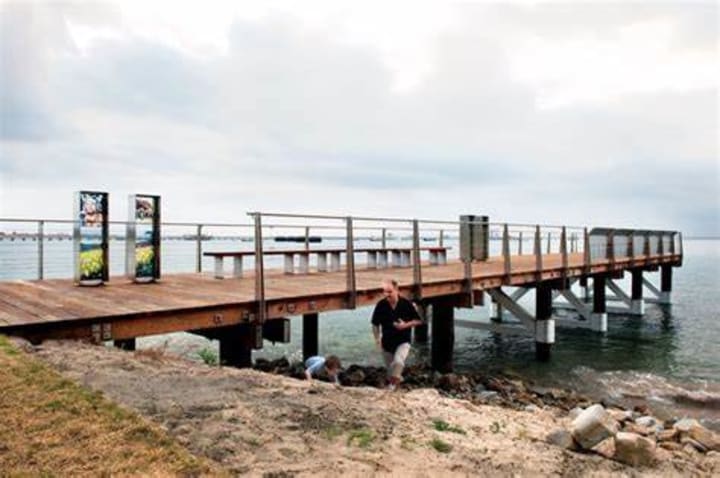
Walking tracks start near the park entrance and include the 1.1 km Burrawang Walk, letting you see what the park looked like in 1770 when Cook’s ship The Endeavor arrived and the more challenging 4 km (each way) Cape Baily Coast Walk.
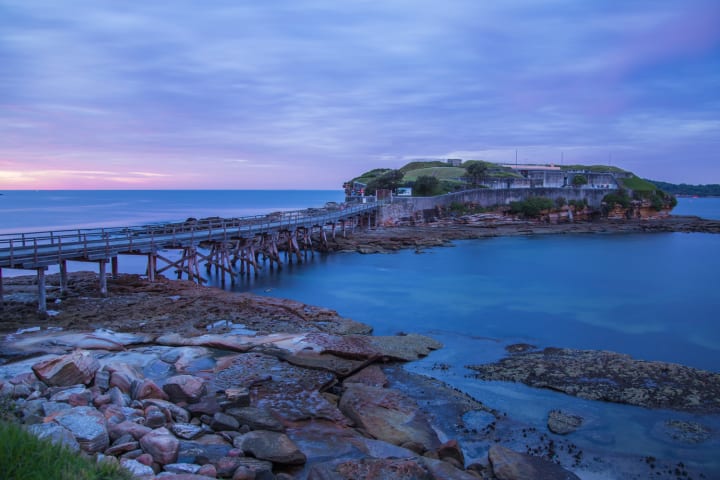
La Perouse is located on Botany Bay’s northern headland at the same spot where the French explorer of the same name landed in 1788. Before sailing into the Pacific La Perouse and his men camped at Botany Bay. Then in 1826, the wrecks of their ships were discovered on a reef near Vanikoro in the Solomon Islands.
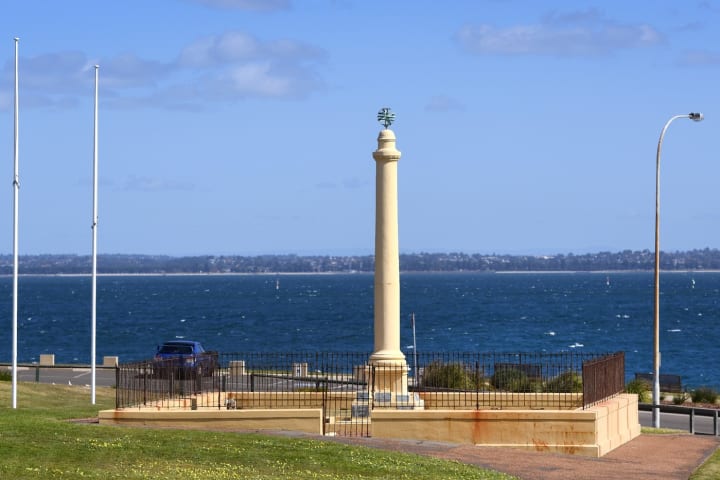
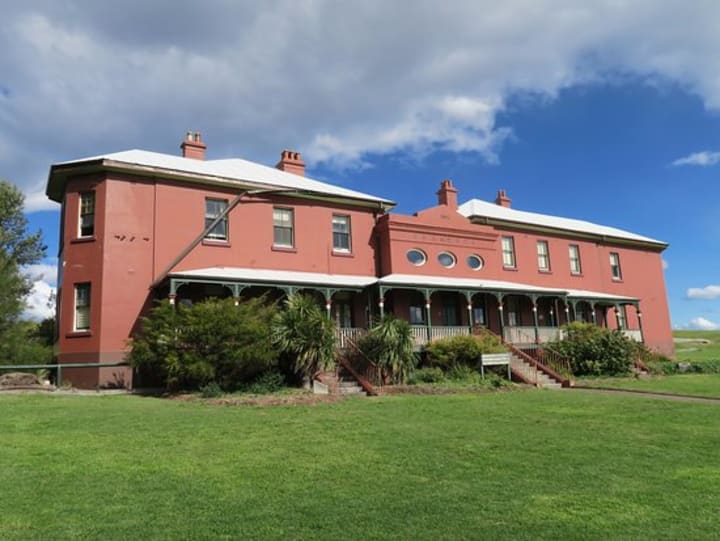
You’ll also find the amazing La Perouse Museum housed in an old cable station with relics from La Perouse’s expeditions, an interesting Aboriginal gallery, and changing exhibitions on local history and environment.
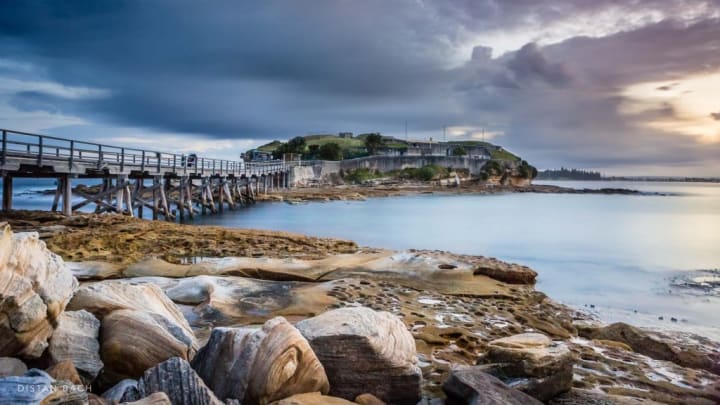
About 50 m offshore from La Perouse is the odd Bare Island. An old decaying fort that was built in 1885 to guard against a feared Russian invasion. The only way to access the island is by joining a 45-minute guided tour.
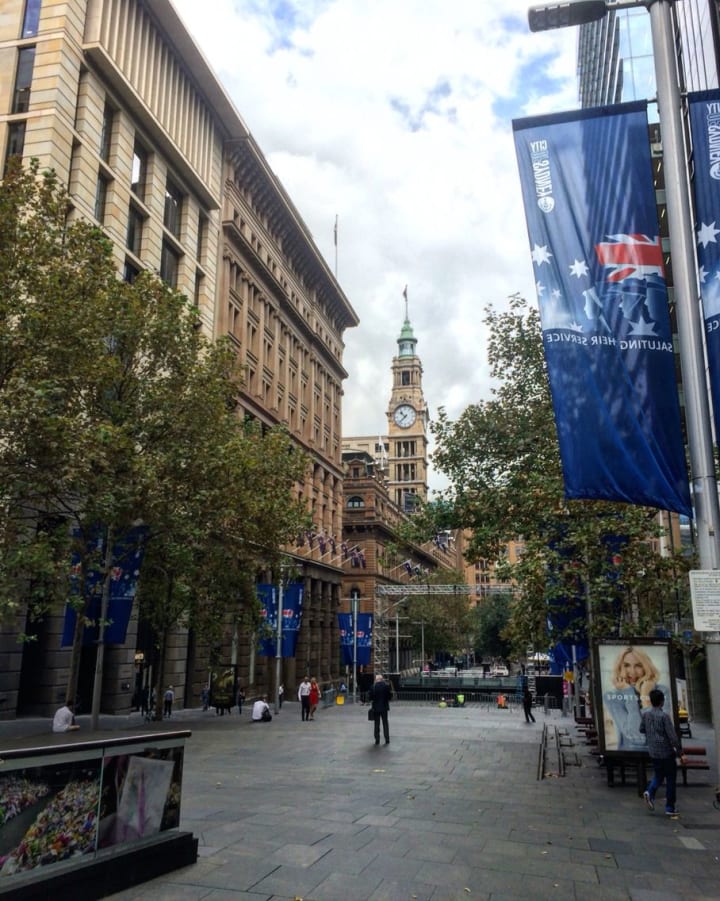
In 1971 Martin Place was closed to traffic and became a terraced pedestrian mall with fountains and places for public gatherings.
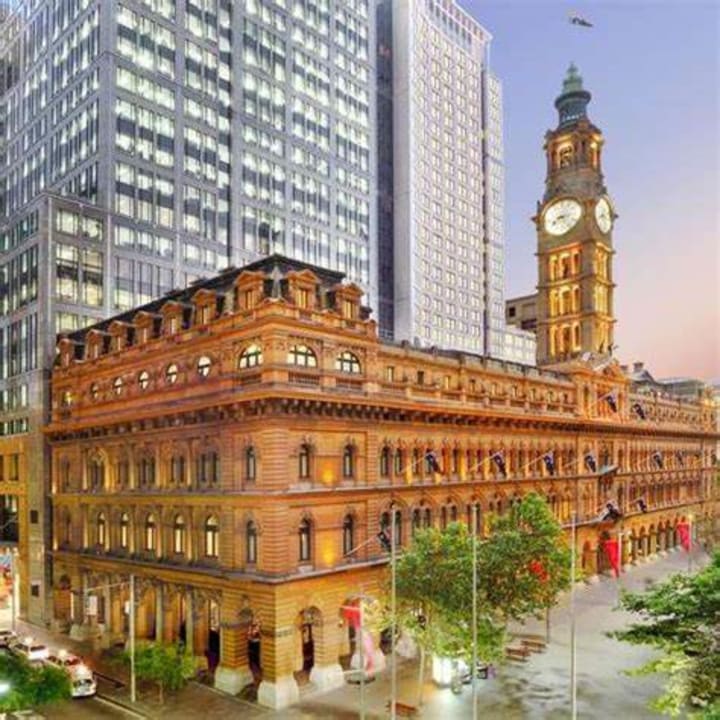
Where once Sydney’s General Post Office stood there is now the Westin Sydney Hotel with exclusive shops, restaurants, and bars. The architect James Barnet was inspired by Italian Renaissance palaces. He carved well-known faces on the sandstone facade. Queen Victoria dominates the central white marble statuary, surrounded by allegorical figures. Under a staircase in the basement is a small historical display and pipe housing the remnants of the Tank Stream.
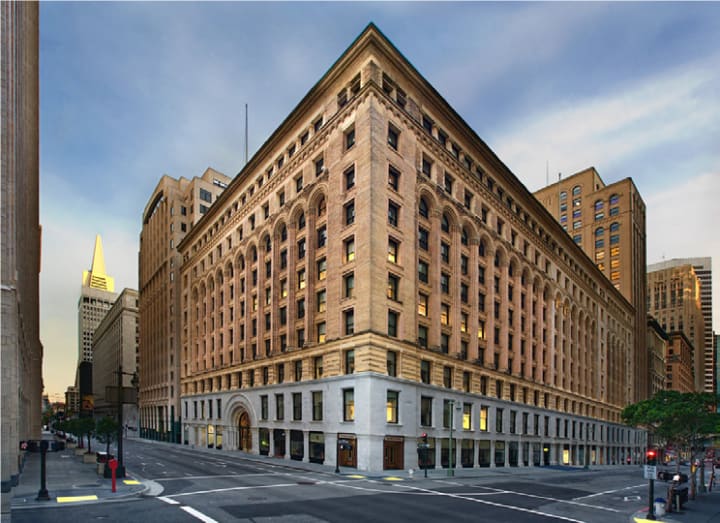
At number 5 Martin Place the 12-story building dating from 1916 was Australia’s first steel-framed “skyscraper”.
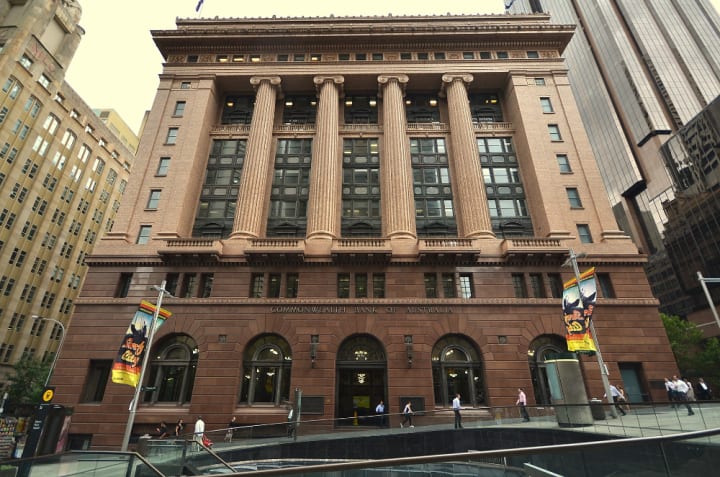
A branch of the Commonwealth Bank has moved into the old State Savings Bank building. The building is an impressive example of Interwar Beaux-Arts architecture with green-marble Ionian columns and an enclosed brass and marble teller area.
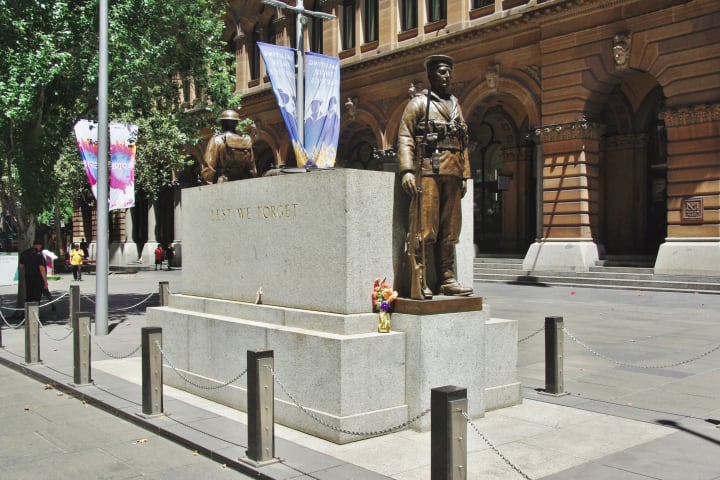
Near the George St. end of Martin Place is the Cenotaph, commemorating Australia’s war dead.
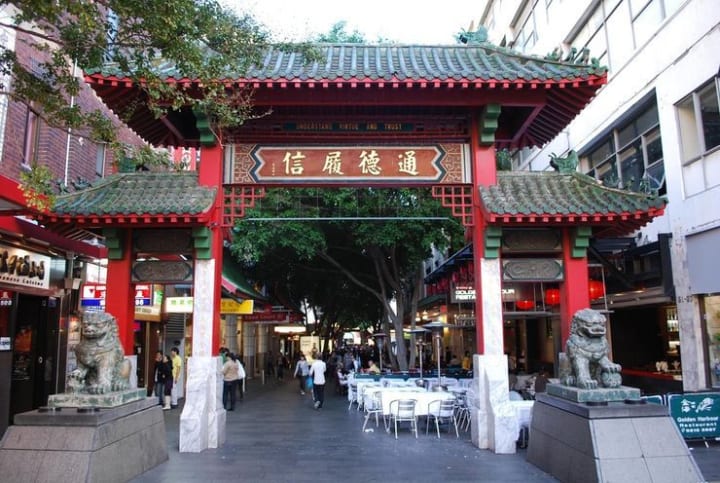
Take a walk in Chinatown. The heart and soul of this neighborhood is Dixon Street, a narrow, shady pedestrian mall with many restaurants. The ornate dragon gates are topped with fake bamboo tiles, golden Chinese calligraphy (with English translations), and ornamental lions to keep evil spirits away.
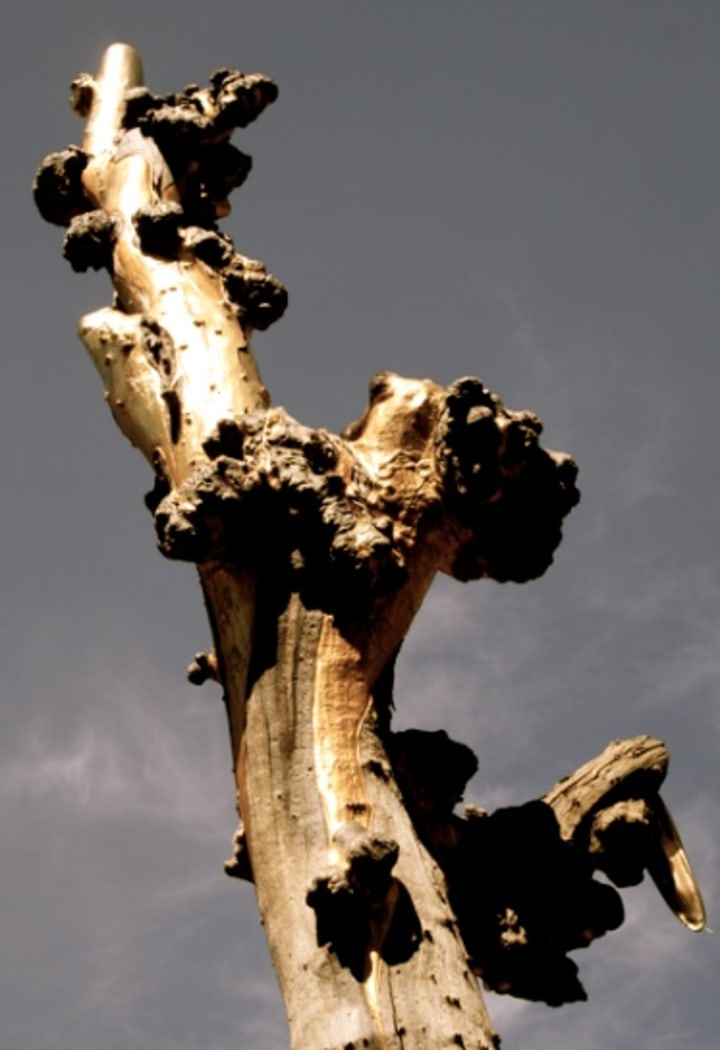
This is Sydney’s third Chinatown. Dixon Streets Chinatown dates from the 1920s. On Hay Street, you’ll find the Golden Water Mouth sculpture created by artist Lin Li in 1999. The sculpture was formed from a eucalyptus trunk from Condobolin, the destination of many gold-rush-era Chinese. The sculpture’s feng shui is supposed to promote positive energy and good luck.
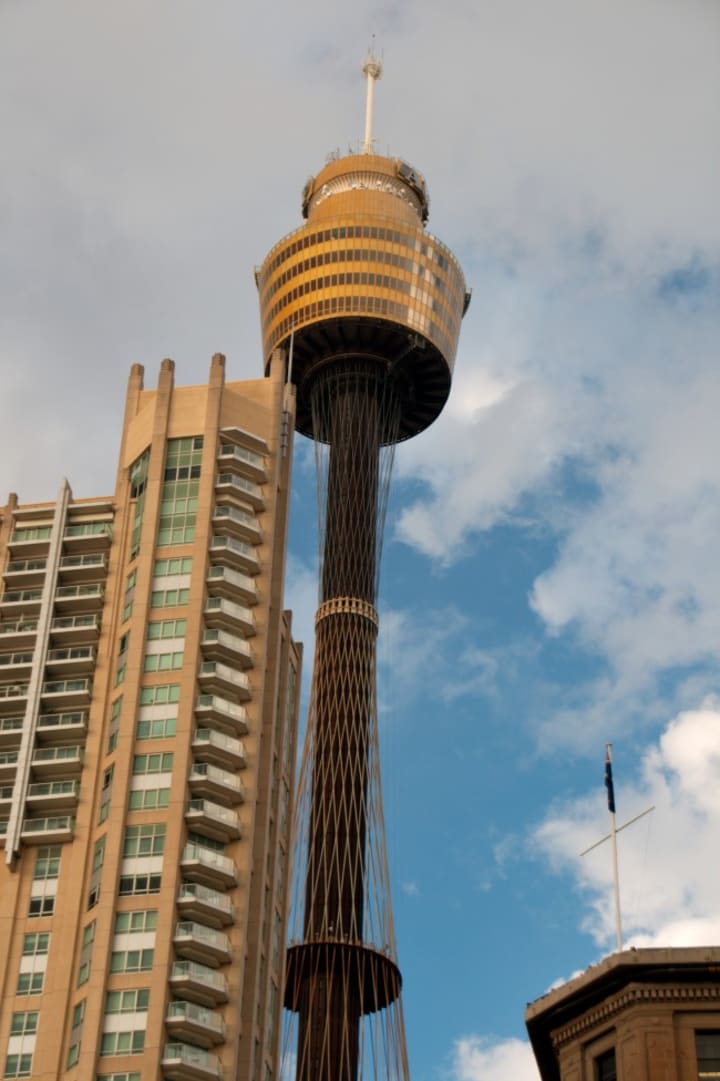
Built from 1970 to 1981 the 309-meter-tall Sydney Tower offers spectacular 360-degree views from the observation level 250 meters up. For those who really want to see far and wide, there is the Skywalk on the roof. Your visit begins with the 4D Experience – a short 3D film giving visitors a bird’s-eye view of the city, surf, harbor, and what lies beneath the water.
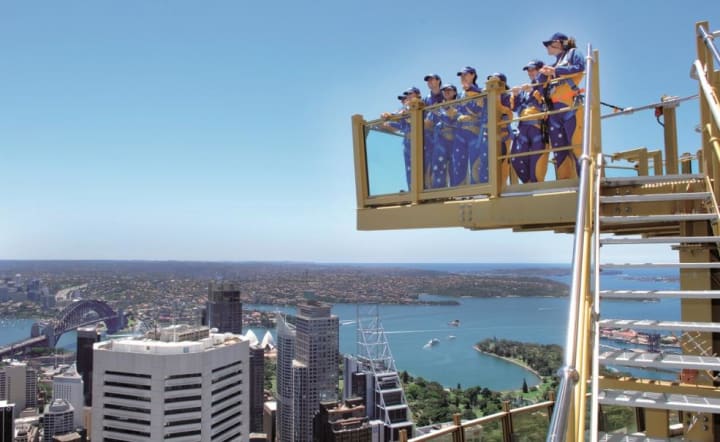
The Skywalk has you put on a “skysuit” shackle yourself to the safety rail and step onto two glass-floored viewing platforms outside of the Tower’s observation deck.
About the Creator
Rasma Raisters
My passions are writing and creating poetry. I write for several sites online and have four themed blogs on Wordpress. Please follow me on Twitter.
Enjoyed the story? Support the Creator.
Subscribe for free to receive all their stories in your feed. You could also pledge your support or give them a one-off tip, letting them know you appreciate their work.






Comments
There are no comments for this story
Be the first to respond and start the conversation.